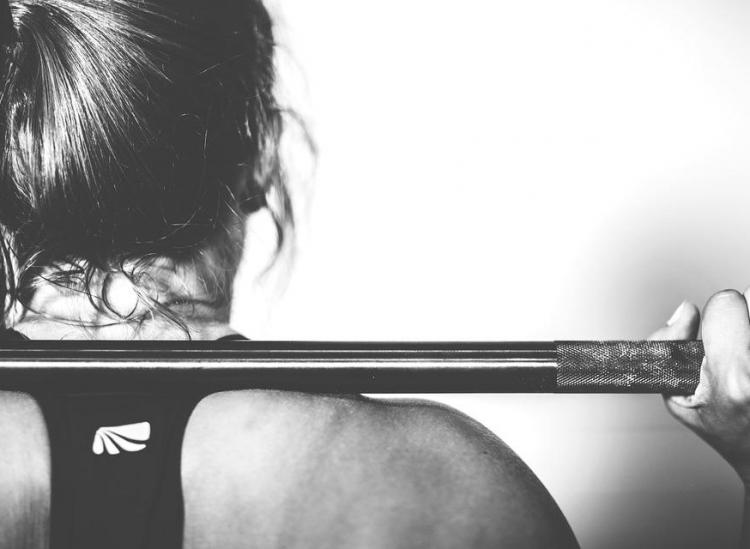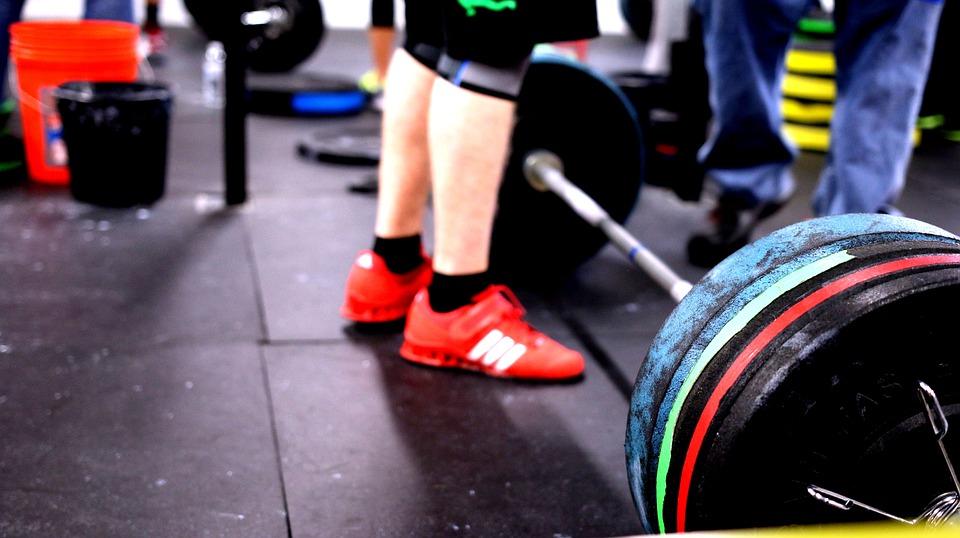Here’s Why Intense Workouts Aren’t Always Better For Your Body

Pixabay
There’s so much talk today about high-intensity exercise methods and how they’re dramatically more effective than your run-of-the-mill gym time. But there’s also talk about how sometimes, pedaling until you can’t pedal anymore in spin class or doing pushup after pushup until you collapse on the floor in CrossFit is hurting your body more than helping it.
Effort is a necessary component of exercise, right? Pushing yourself with heavier weights is how you get stronger, and tackling faster sprints is how you get quicker. But the rate at which you reach that level of high intensity matters a great deal. When you don’t give your muscles enough time to adjust to a new and intense exercise, instead of encouraging your muscles to grow, you can end up destroying a lot of muscle fibers. And when too many of them tear, the muscles release toxic protein materials into your bloodstream that ultimately damage your kidneys. The not-so-desirable condition we’re talking about here is called rhabdomyolysis, and it’s severe enough to require hospitalization.
This particular result of intense exercise is rare, but it’s popping up with more frequency across the country with patients citing indoor cycling class, CrossFit, P90X, weightlifting and even running as the workout methods that landed them in the emergency room. And it’s often happening to people who aren’t out of shape. They’re the ones who have confidence in their strength and abilities. They’re the ones who walk into a new gym or class and expect to be able to meet the instructor’s every demand. They’re the ones who do too much too fast and pay the price for it.

Pixabay
Now, on the other side of the fitness industry, people are clearly shifting toward a mindful exercise space. More and more people are signing up for yoga classes, celebrity trainers are touting walking as the best way to burn fat, and former fitness fanatics are embracing new forms of slow exercise to heal their old wounds and take care of their bodies. These folks might not be building crazy muscle or winning marathons, but their workout choices are prepping both their minds and bodies for the long haul of life.
Surely, there is a way to strike a balance between intense and calm, between work and rest. But if you don’t know what your limits are or what pushing yourself too far feels like, how can you successfully prevent serious injury? Or if you don’t know how capable you are, how can you progress and grow? At the crux of that balance must be body awareness.
And your body will likely tell you, if you listen closely, that there is no “always” when it comes to exercise. Intensity isn’t always better. Restoration isn’t always better. Both are necessary to create a well-rounded, successful fitness regimen. So don’t cheat yourself out of either side of this “which exercise is better” argument. And definitely don’t forget to pace yourself. Just take it one day at a time knowing that each one can be dramatically different from the one that came before it.











